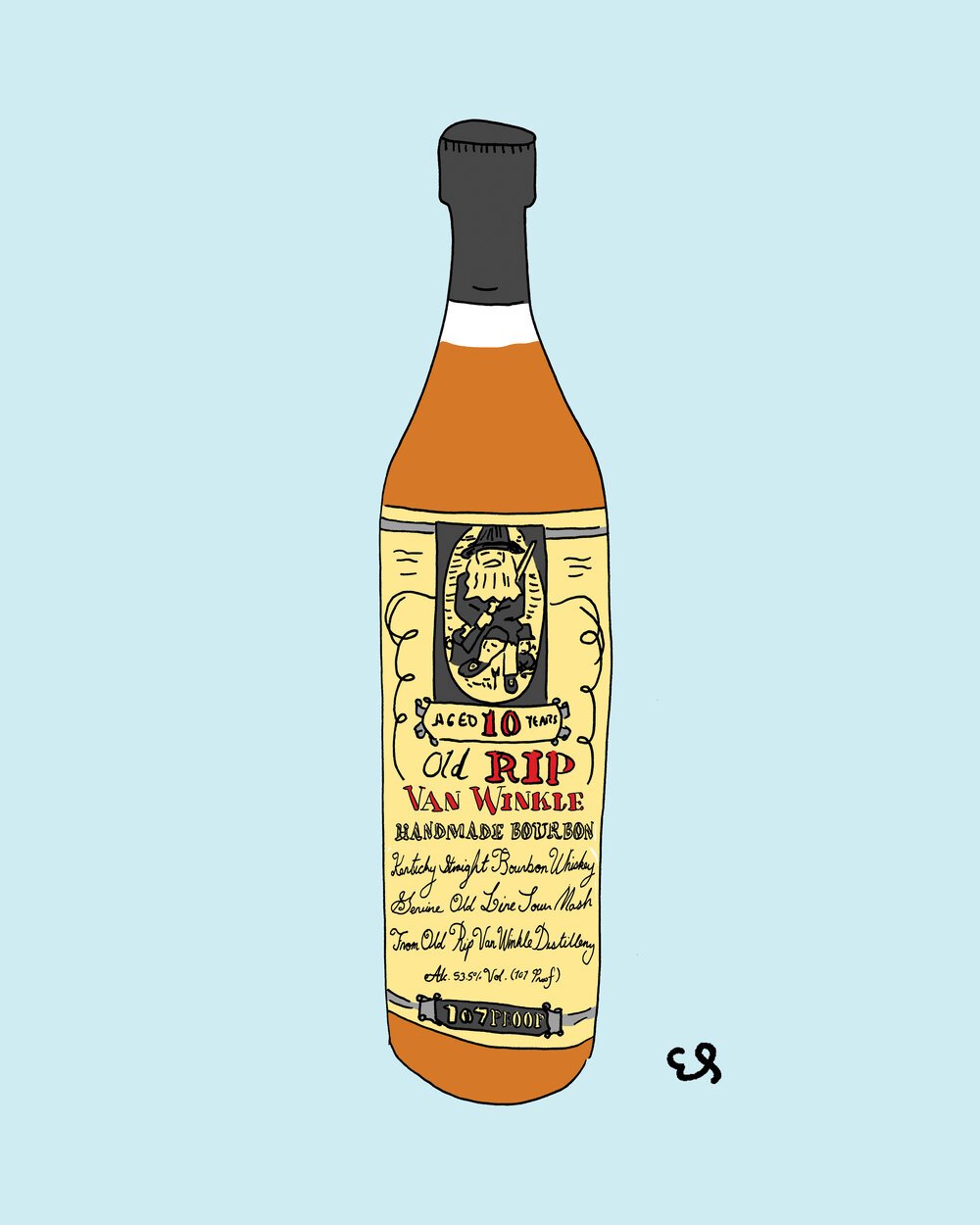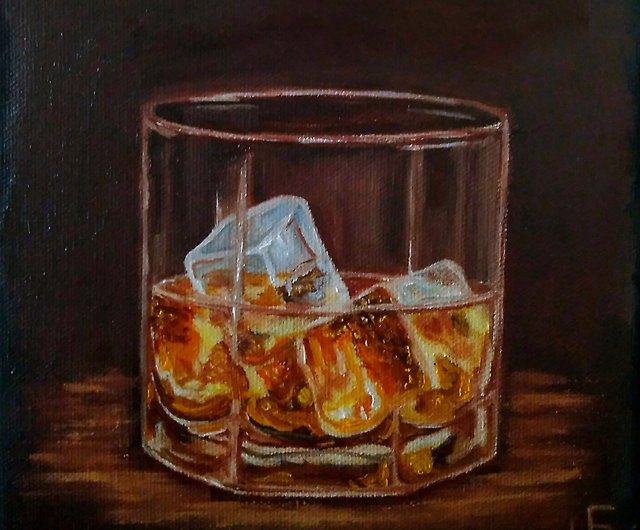Recording the Significance of Scotch Art Through One-of-a-kind Visual Depictions and Styles
The art of scotch expands beyond the liquid itself, manifesting with a range of aesthetic representations that encapsulate its fabled heritage and craftsmanship. What remains to be discovered is how these developing designs mirror not just the whiskey itself but likewise the altering landscape of creative analysis. Bourbon Art.
The History of Scotch Art

As bourbon production spread, so also did the desire to boost its experience through art. From the complex engravings on early barrels to the sophisticated labels of modern-day containers, each element mirrors a distinct imaginative vision, functioning as an aesthetic narrative of the scotch's heritage.
In the 19th and 18th centuries, the rise of the commercial revolution even more boosted whiskey art, causing innovative product packaging and advertising that caught customer attention. Developers and artists started trying out looks, imbuing whiskey-related imagery with symbolic definitions that communicated notions of area, practice, and workmanship.
Today, whiskey art proceeds to evolve, blending traditional techniques with modern art types. Realism Art. This recurring discussion in between the spirit and its graph highlights the enduring bond between whiskey and society, improving the general experience for lovers worldwide
Iconic Bottle Designs
While many factors add to the attraction of bourbon, famous container styles play a critical role fit customer assumption and improving the general experience. The visual presentation of bourbon containers is not simply a visual consideration; it acts as a bridge between the item and the consumer, stimulating feelings and establishing expectations.
Unique shapes, products, and closures can boost a scotch brand name's identification, making it promptly recognizable on congested racks. For circumstances, the classic Glenfiddich container, with its sophisticated tapered shape, communicates a sense of tradition and craftsmanship, while the strong, modern layout of the Balvenie container mirrors development and sophistication. In addition, using colored glass or special textures can suggest the top quality and character of the scotch within.
Famous designs commonly incorporate elements of social heritage, signifying the brand's history and link to its origins. Brand Names like Jack Daniel's use an uncomplicated, durable design that resonates with its American scotch heritage. Inevitably, the impact of bottle layout expands beyond simple performance; it envelops the essence of the brand, inviting customers to indulge and check out in the abundant tapestry of bourbon society.
Tag Art Work and Branding
Container layouts often set the stage for what consumers can anticipate, but label artwork and branding play a similarly considerable duty in communicating a whiskey's identity. The label acts as the initial factor of call in between the item and the consumer, encapsulating the essence of the whiskey within its aesthetic aspects.
Efficient label artwork incorporates typography, imagery, and color to produce a narrative that reverberates with the brand name's heritage and target audience. For circumstances, a tag featuring elaborate illustrations and classic typefaces may stimulate a sense of practice and workmanship, appealing to aficionados. In comparison, strong shades and contemporary design aspects might bring in a younger group seeking innovation and exhilaration.


Digital Photography and Visual Storytelling
Catching the essence of bourbon via digital photography and visual storytelling is an art type that raises the brand name experience. This tool goes beyond plain product representation, delving into the complex stories that border each container. By using engaging images, photographers can evoke emotions that resonate with consumers, eventually creating a deeper connection to the scotch brand.
Visual storytelling in scotch photography commonly uses abundant structures, illumination, and structure to highlight the one-of-a-kind features of the spirit. The interaction of light and darkness can emphasize the brownish-yellow colors of scotch, while the option of background elements-- such as rustic barrels or stylish glassware-- can reinforce the brand name's heritage or way of living organizations.
Additionally, recording the ceremonial facets of whiskey consumption, from the putting to the sampling, welcomes audiences into a sensory experience, allowing them to imagine the tastes and fragrances that await. Each photograph not just showcases the item however also narrates of workmanship, custom, and the moments that whiskey can boost - Limited Edition. Therefore, photography comes to be a powerful tool in verbalizing the identity of bourbon brand names, positioning them within the broader social landscape
Emerging Fads in Scotch Art
The evolution of bourbon art is significantly shaped by modern patterns that reflect wider societal changes and consumer choices. One popular fad is the combination of sustainability into art methods. Artists are currently utilizing recycled products and environment-friendly processes to create whiskey-themed items, resonating with ecologically aware consumers. This change not only highlights the relevance of sustainability but additionally enhances the narrative bordering whiskey manufacturing.
Furthermore, electronic art has actually surged in appeal, permitting for ingenious depictions of bourbon. Artists are leveraging innovation to craft immersive experiences, such as increased reality installations that engage audiences and offer a much deeper understanding of whiskey's cultural value. This fad additionally includes social networks platforms, where aesthetically striking content garners focus and promotes neighborhood among fanatics.
Additionally, collaborations in between whiskey brands and artists are coming to be a lot more typical. These collaborations yield limited-edition product packaging styles and exclusive artworks that commemorate both the craftsmanship of whiskey and the imagination of musicians. As scotch art proceeds to develop, these emerging fads will undoubtedly shape its future, cultivating a dynamic intersection of culture, sustainability, and modern technology within the whiskey neighborhood.
Conclusion
In conclusion, the art site web of whiskey incorporates a varied variety of graphes that show its abundant heritage and craftsmanship. From iconic container layouts and detailed tag art work to engaging photography, each component adds to a wider narrative that enhances the customer's experience. As emerging fads, such as electronic art and sustainability, continue to shape this creative landscape, the diverse identification of whiskey remains an enduring source of social link and expedition.

In verdict, the art of bourbon incorporates a varied range of visual representations that mirror its abundant heritage and craftsmanship.